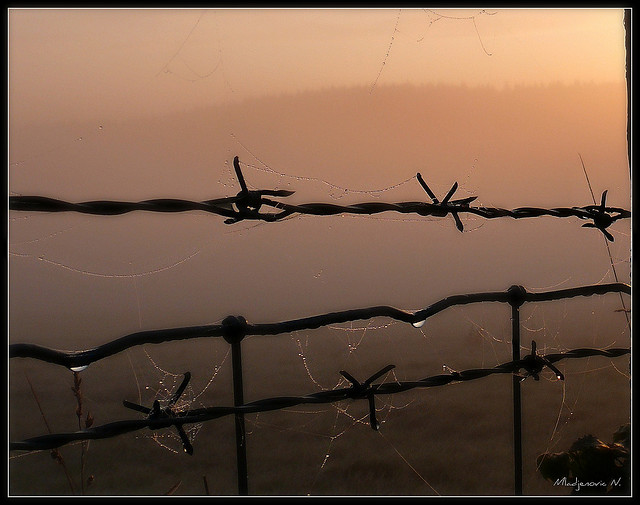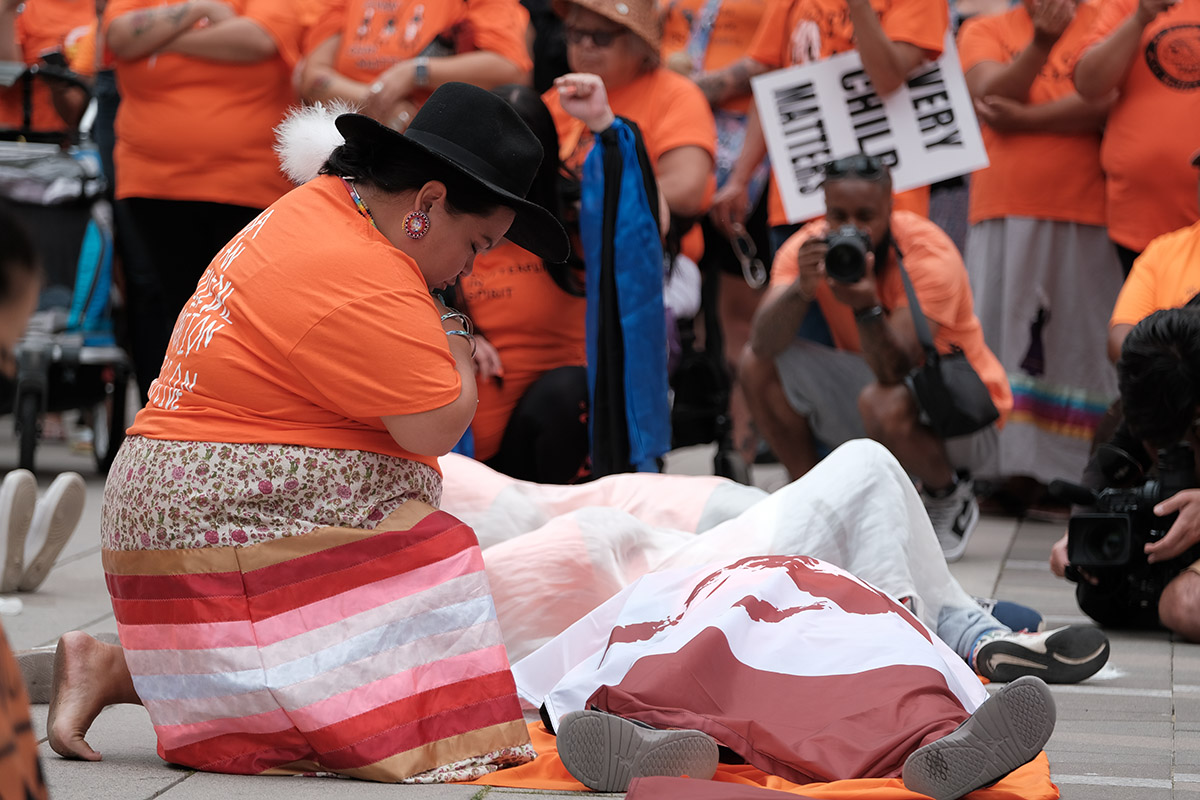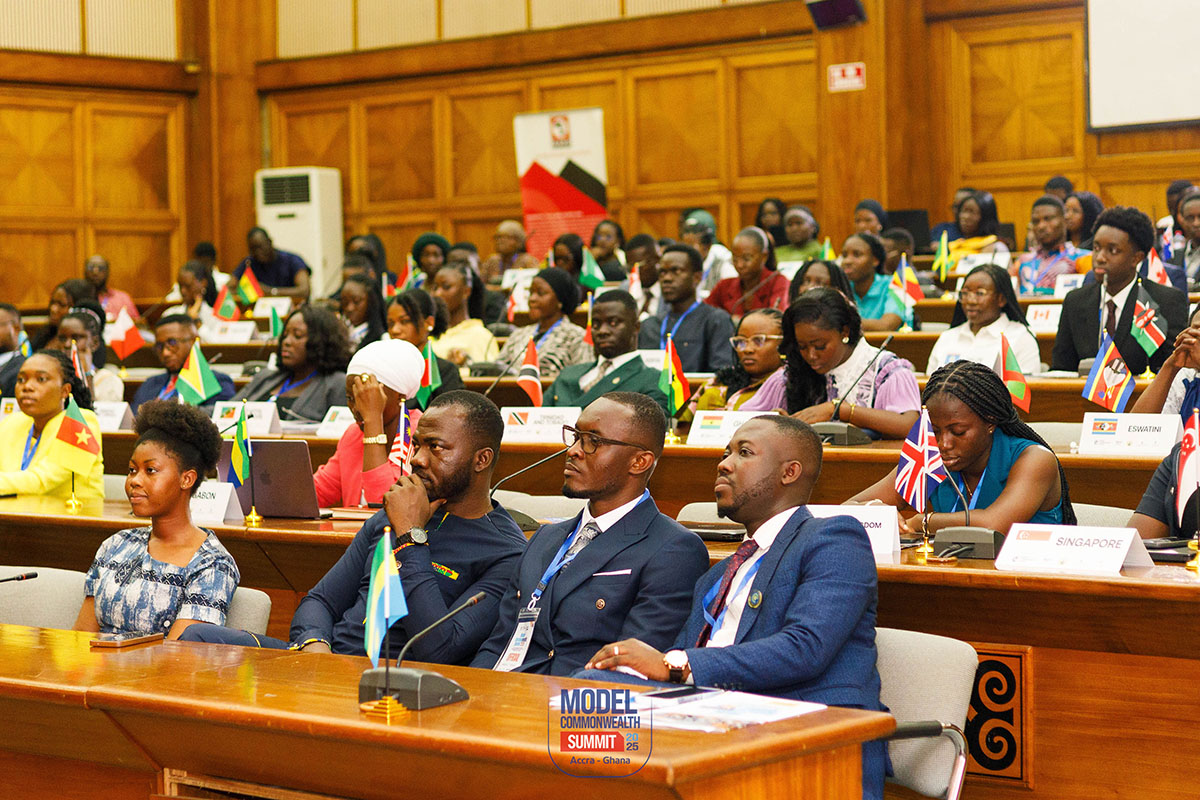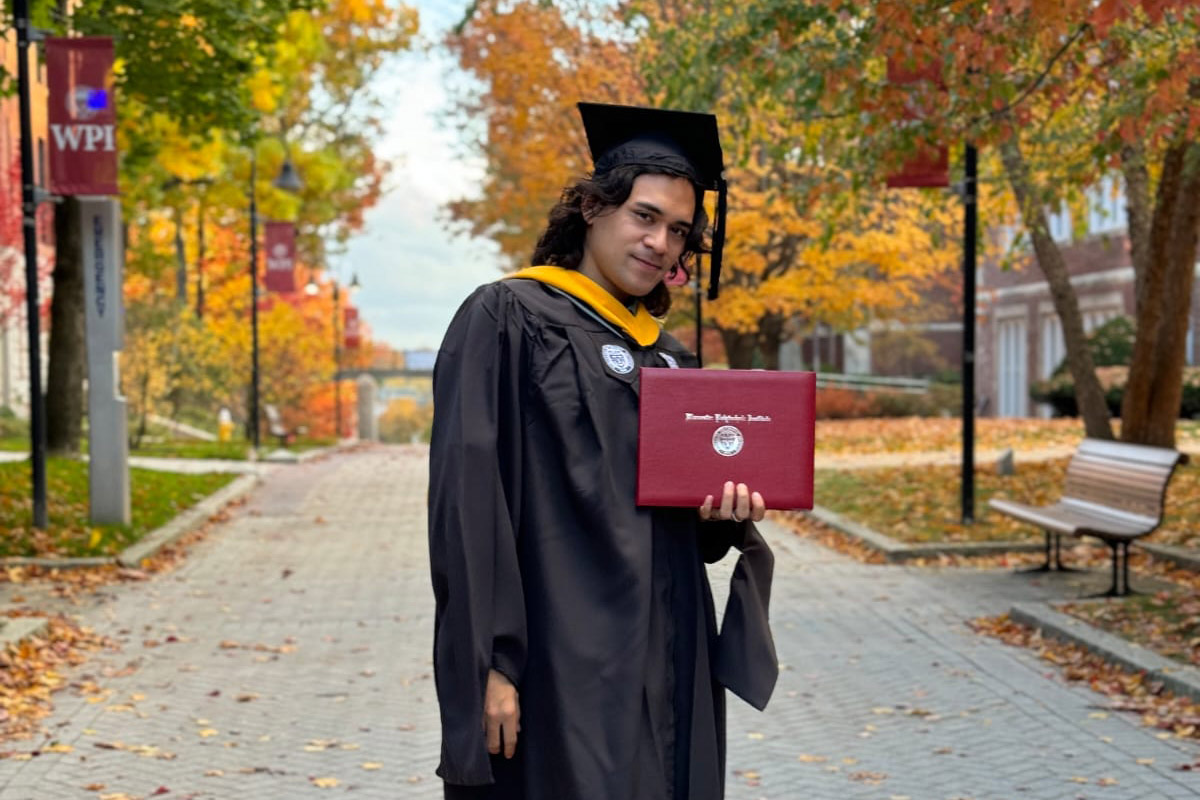“India’s shoot-to-kill policy defies human rights”
September 11 Over the past ten years, India’s shoot-to-kill policy at its borders has cost over 1,000 lives, most of them unarmed Bangladeshis. Shooting poor, unarmed villagers is not how the world’s largest democracy should behave, argues Mehzabin Ahmed, 29, a Commonwealth Correspondent from Dhaka in Bangladesh.
Over the past ten years, India’s shoot-to-kill policy at its borders has cost over 1,000 lives, most of them unarmed Bangladeshis. Shooting poor, unarmed villagers is not how the world’s largest democracy should behave, argues Mehzabin Ahmed, 29, a Commonwealth Correspondent from Dhaka in Bangladesh.
Perhaps the most recognizable image of India’s Border Security Force (BSF) atrocities is 15-year-old Felani Khatuns’s body hanging motionless on a barbwire fence after Indian guards shot her on Jan 7, 2011.
She was scaling the fence at the Anantapur border point in Phulbari, Kurigram, on her way back to Bangladesh.
The special tribunal set up at Cooch Bihar, India, to try the Felani murder case pronounced constable Amiya Ghosh innocent in its verdict last Thursday. However, Ghosh has been found responsible for the killing in an investigation into the incident.
The verdict is currently pending final endorsement from the force’s Director General.
While India has the right to impose border controls, does it have the right to use lethal force except where strictly necessary to protect life?
Hearing the news on the tribunal verdict, Felani’s father Nurul Islam said: “We hoped after testifying (against the accused) in India that we’ll get justice. But I don’t understand what judgment it is. My daughter was shot dead like a bird, but we got no justice.”
Now he wants to move an international court for justice and has sought the government’s cooperation.
Felani’s mother Jahanara Begum said: “We wanted death penalty to those who killed my innocent daughter. But they (BSF) have poked fun (at us) in the name of a trial.”
Abdur Rakib, a 13-year-old, shared a similar fate. He broke no law, but was killed because he was grazing his buffaloes near the Indian border fence.
“The border force seems to be out of control, with orders to shoot any suspect. The border operations ignore the most basic rule of law, the presumption of innocence,” said Meenakshi Ganguly, South Asia Director at Human Rights Watch.
“Residents complain that intimidation, verbal abuse, and beatings are common, with border guards, particularly the BSF, treating everyone as suspects.” Ganguly said. “The border force, with a peacetime mission of preventing illegal activity, is acting like it is in a war zone, torturing and killing local residents.”
India’s shoot-to-kill policy has turned the border area into a killing field.
No one has been held accountable for any of these killings, in spite of evidence that indicates some were in cold blood against unarmed and defenseless local villagers.
The violence is routine and arbitrary.
Though India is a state with functional courts, the BSF appears to act as judge, jury and executioner.
The border force justifies the killings by claiming that suspects were evading arrest, or that it had to fire in self-defense. But suspicion of a crime or evasion of arrest cannot alone justify the use of lethal force.
The United Nations Basic Principles on the Use of Force and Firearms by Law Enforcement Officials calls upon officials to apply, as far as possible, non-violent means before resorting to the use of force and firearms. Officials are required to exercise restraint and “act in proportion to the seriousness of the offense”.
Human Rights Watch (2010) found no evidence in any death it documented that the person was engaged in any activity that would justify such an extreme response.
India has almost finished building a 2,000 km fence along the India-Bangladesh borders. Many people routinely move back and forth to visit relatives, engage in trade and commerce, look for jobs as well as for both petty and serious crimes.
But the toll has been huge.
It is about time the Bangladesh government started protecting the right to life of its citizens, and called upon the Indian government to exercise restraint. It is also about time we free our minds of the fencing borders of politics.
“The love of one’s country is a splendid thing. But why should love stop at the border?” – Pablo Casals
photo credit: Nebojsa Mladjenovic via photopin cc
…………………………………………………………………………………………………………………
About me:
“I come from Bangladesh, home to the Royal Bengal tigers and the longest natural beach in the world. I am passionate about working for sustainable solutions to development. I currently work as a development practitioner in Dhaka, Bangladesh. I am also a freelance journalist and a novice debater.
“I am bilingual in Bangla and English. I love learning new languages, and am a keen but elementary student of French. What I have learnt from wise words and life experiences is that, “If you want others to change, you have to be willing to change yourself as well”. Feel free to call me Simi.
…………………………………………………………………………………………………………………
Opinions expressed in this article are those of the author and do not necessarily represent the views of the Commonwealth Youth Programme. Articles are published in a spirit of dialogue, respect and understanding. If you disagree, why not submit a response?
To learn more about becoming a Commonwealth Correspondent please visit: http://www.yourcommonwealth.org/submit-articles/commonwealthcorrespondents/
…………………………………………………………………………………………………………………






